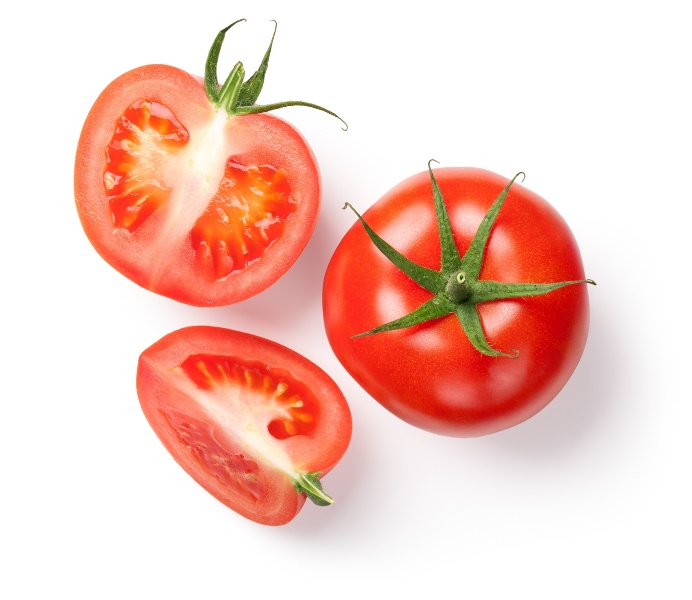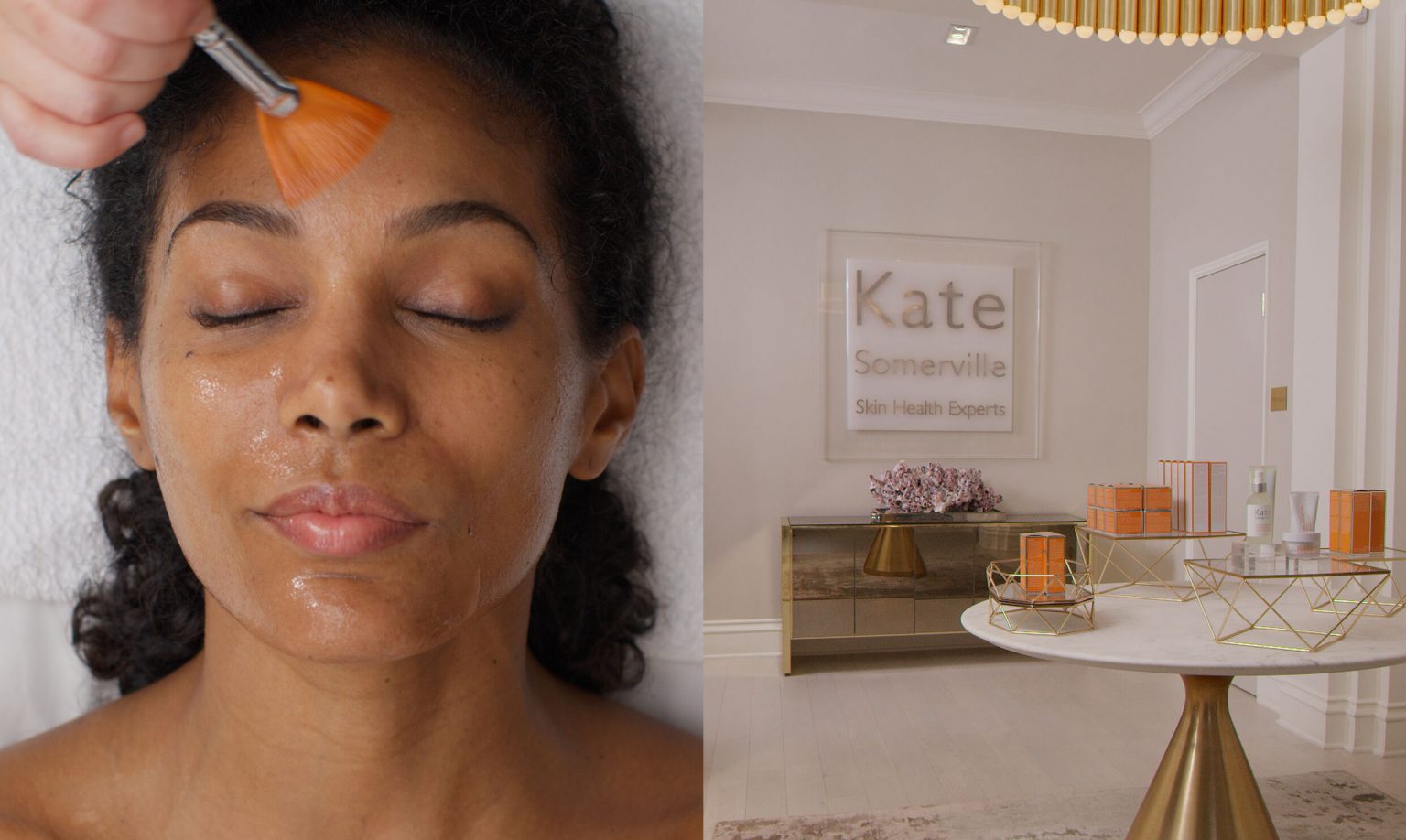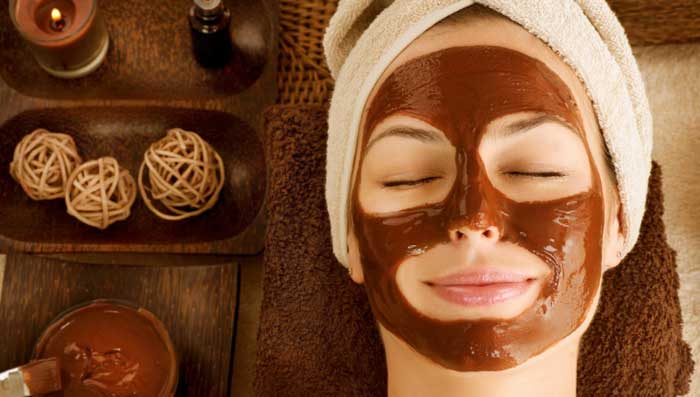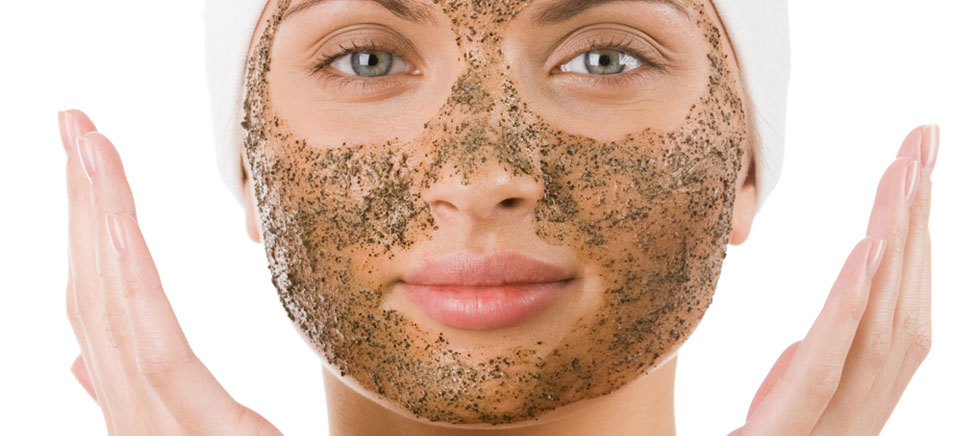
If you’re concerned about your skincare and the environment, here are ten things you can do to improve both.
- Keep It Simple
All you truly need for a every day skincare routine is a basic cleanser, a toner, moisturizer, and sunscreen. Every thing else is “extra.” And don’t be fooled by advertising: Quite a few specialized items (e.g., eye creams) are the same formulation as more basic items (e.g., facial moisturizer).
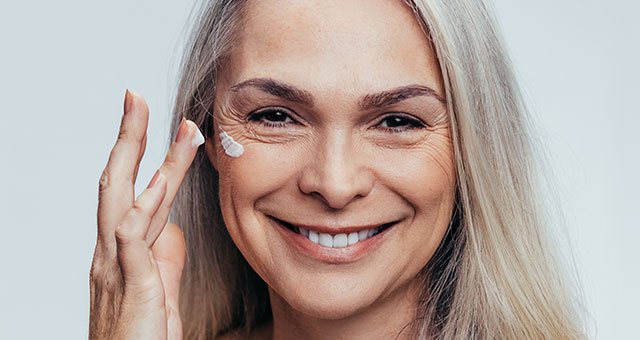
- Make Sure that “Natural” Really Is
Two sad issues to remember when you’re buying beauty items are that (1) terms such as “natural” are not regulated; Anyone can put them on a label, and (2) the main problem with beauty items currently is toxic ingredients. So review all labels and if you have any concerns about any of them, examine the Environment Working Group’s Skin Deep Cosmetic Database, which evaluates and rates beauty items on toxicity.
- Stay away from Fragrance
Think about it: Makers aren’t required to declare all of the toxic chemical substances in fragrance mixtures they use in their items. Not only can artificial fragrances trigger allergic sensitivities , but quite a few contain phthalates, which are a kind of hormone disruptor that has been known to lead to birth defects and infertility among other things. The safest step is to pick fragrance-free items.
- Consider the Packaging
Can you imagine what’s going to to happen to the packaging and containers of your beauty products and cosmetics when you’re finished using them? Gl*** is all right simply because it’s recyclable (and it won’t leach poisons into its contents). If your product is packaged in plastic, examine the label for recycling codes; code 1 (polyethylene terephthalate or PET) and 2 (high-density polyethylene or HDPE) are a lot more appropriate for recycling programs and considered safe. Code 7 (polypropylene) is less so: It can leach poisons. Just as bad or worse is acontainer with code }3 or “V” (which refer to PVC, the “poison plastic material”). If you’re in doubt, it only requires a second to doublecheck recyclables on the internet… which isn’t all that long compared to the length of time most of that packaging can linger in a landfill.
- Learn About the Manufacturer
If you care sufficiently to be thinking about green, you in all probability understand that there’s much more to a company than its products . How do its philosophy and beliefs stack up? Does it test on animals? Has it pledged to eliminate harmful ingredients from its products ? Is the manufacturer environmentally responsible?
- Choose Organic
Ingredients grown organically are better for you and for the planet. Look for the USDA’s organic seal. You can go one step further than organic by picking products whose botanical ingredients are produced with biodynamic farming techniques . Biodynamic growing procedures emphasize a holistic relationship of soil, plants, and animal life and earns Demeter U.S.A.’s stamp of approval.
- Keep away from Petrochemicals
Look for “petrolatum,” “mineral oil,” and “paraffin” on the products that include petroleum byproducts. These can include impurities ***ociated with cancer. In addition to being unsafe on your skin, petroleum products aren’t so good for the earth eitherconsidering that they come from a nonrenewable and eco unfriendly resource~.
- Make Your Own Products
Truly desire to know what’s in your beauty items? Make them at home. You’ll spend much less money, steer clear of packaging all together, and get formulations that are personalized for your needs. And it’s fun.
- Get and Stay Healthy
Great skin is healthy skin so what you eat and how you exercise are just as essential to your program as potions and lotions. A healthful diet delivers a good supply of protein, complex carbohydrates, healthful fats (e.g., omega 3s and flaxseed oil), and other crucial nutrients. Exercise helps with blood circulation, whilst sweating aids the “cleaning” of your skin of impurities. Don’t forget to consume plenty of water to help flush out those toxins even better.
- Get a Grip
There are some strange things happening in the world, and a lot of of them seem to crop up in beauty and cosmetic trends. If it looks weird, it in all probability is, and you most likely don’t need it. There doesn’t need to be a conflict between your skincare and the environment. A few simple steps could help keep both of them healthy and beautiful.

